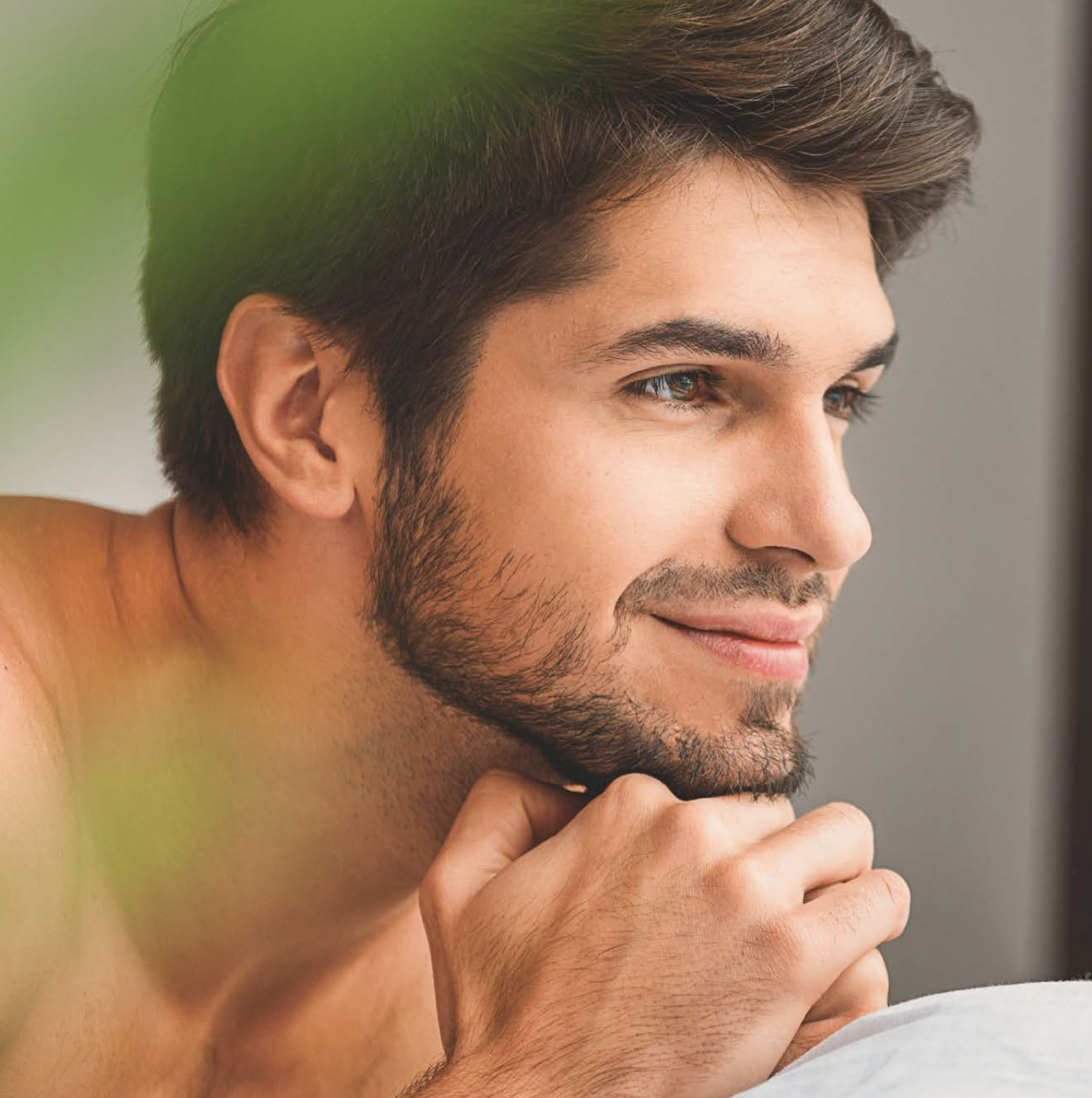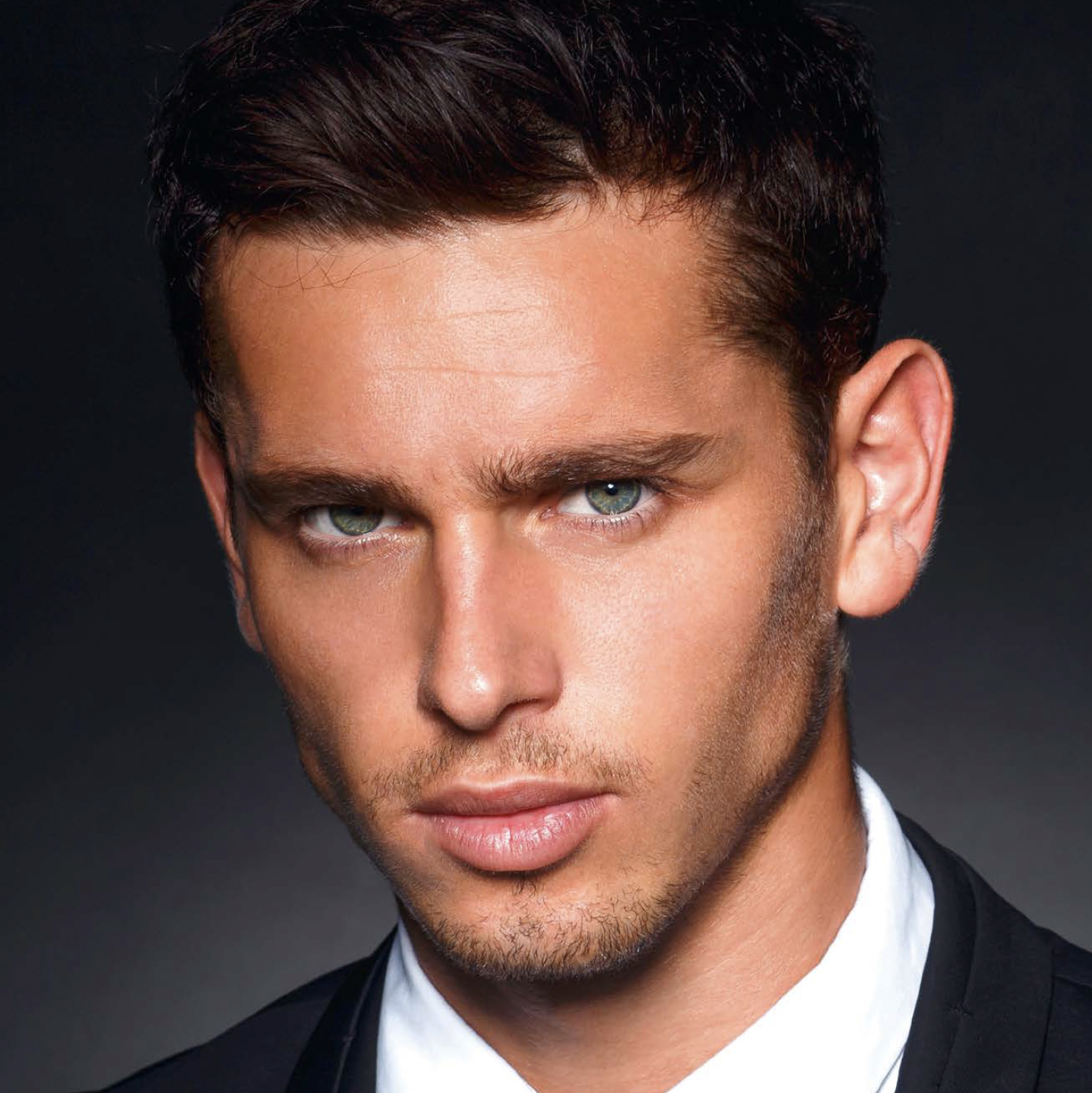By the Docteur Philippe Azoulay
When your physical appearance no longer reflects your soul!
“Doctor, my face looks depressed!” This complaint often comes from patients (some male) who are concerned by their tired or sad appearance, when actually they feel quite well. In order to make their face echo their state of mind, I suggest the Happy Face, a new recovery procedure that tackles the face’s tension lines which, as we age, slacken and lead the skin to droop downwards.
A detailed analysis of the face, starting from the top (the upper, middle then lower thirds), is vital to explain why I am suggesting this treatment. Dialogue is important as it involves the patient more in the procedure: this is a two-person job. These patients are often well-informed about aesthetic medicine treatments and ask me to treat the signs of aging, such as filling their nasolabial folds, without considering why they appeared. It is important to explain that the loss of fat and muscle in the cheekbones leads to the appearance of expression lines or nasolabial folds, and that we must correct the root cause.

Anatomical markers, the foundation of the procedure
Once we have agreed upon the treatment method and I have carefully disinfected the face, I mark out the anatomical features with a dermal pen then draw the vectoral tension lines on each half of the face: cheeks, temples, nasolabial folds, expression lines and the oval. These markers can be applied to all morphologies, which makes the procedure reproductible, trusted and safe.
I inject these vectors in a retro-tracing pattern with a 7cm canula with a 27 gauge, which enables me to make just one entry point, in the bulge of the cheekbone, and fan outwards across the whole half of the face. In my opinion, the ideal product for this technique is Radiesse (Merz), which is classed in the family of tissue inducers. In addition to its “volume for volume” filling effect and the immediate results achieved, this product stimulates collagen and elastin synthesis, leading to better-structured skin tissue. Its consistency means it can be used like a “moulding clay” to accurately sculpt the face.
Radiesse is injected subcutaneously and in a retro-tracing fashion, fanning out from the entry point, to recreate tension lines and thus galvanise the face.
The cheekbone is the most important point and is the axis for creating volumes and a lifting effect with Radiesse. The nasolabial fold is filled by placing small quantities of product below the fold. The same applies for the expression lines and the chin notch, where I also apply boluses of product. We repeat the procedure in the different areas, and even in the temples if necessary.
To conclude, the Happy Face gives results similar to tensor threads, except here the threads are replaced by “lines” of Radiesse. To finish off the treatment, I gently massage the face from bottom to top to ensure that the product is distributed evenly. The treatment is not traumatic as it is carried out using a cannula. The patient leaves my surgery displaying the finished result, which settles in the 3 weeks following the procedure and lasts for 12 to 18 months. Plan for 2 to 3 syringes, on average.
 Dr Philippe Azoulay
Dr Philippe Azoulay
Graduate of the Paris Medical Faculty. Specialist in Morpho-Aesthetic Medicine since 1999. University diploma in injection and filler techniques in dermatology and plastic surgery. University diploma in injecting the face for aesthetic purposes. University diploma in mesotherapy. Training in the anatomy of the super facial structures of the face and neck and its application to botulinum toxin injection techniques. Training in medical hypnosis.











